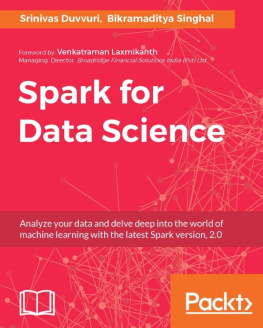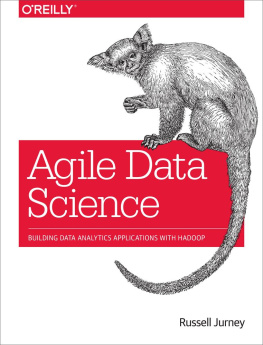Russell Jurney [Russell Jurney] - Agile Data Science 2.0
Here you can read online Russell Jurney [Russell Jurney] - Agile Data Science 2.0 full text of the book (entire story) in english for free. Download pdf and epub, get meaning, cover and reviews about this ebook. year: 2017, publisher: O’Reilly Media, Inc., genre: Computer. Description of the work, (preface) as well as reviews are available. Best literature library LitArk.com created for fans of good reading and offers a wide selection of genres:
Romance novel
Science fiction
Adventure
Detective
Science
History
Home and family
Prose
Art
Politics
Computer
Non-fiction
Religion
Business
Children
Humor
Choose a favorite category and find really read worthwhile books. Enjoy immersion in the world of imagination, feel the emotions of the characters or learn something new for yourself, make an fascinating discovery.
- Book:Agile Data Science 2.0
- Author:
- Publisher:O’Reilly Media, Inc.
- Genre:
- Year:2017
- Rating:5 / 5
- Favourites:Add to favourites
- Your mark:
Agile Data Science 2.0: summary, description and annotation
We offer to read an annotation, description, summary or preface (depends on what the author of the book "Agile Data Science 2.0" wrote himself). If you haven't found the necessary information about the book — write in the comments, we will try to find it.
Data science teams looking to turn research into useful analytics applications require not only the right tools, but also the right approach if theyre to succeed. With the revised second edition of this hands-on guide, up-and-coming data scientists will learn how to use the Agile Data Science development methodology to build data applications with Python, Apache Spark, Kafka, and other tools.
Author Russell Jurney demonstrates how to compose a data platform for building, deploying, and refining analytics applications with Apache Kafka, MongoDB, ElasticSearch, d3.js, scikit-learn, and Apache Airflow. Youll learn an iterative approach that lets you quickly change the kind of analysis youre doing, depending on what the data is telling you. Publish data science work as a web application, and affect meaningful change in your organization.
- Build value from your data in a series of agile sprints, using the data-value pyramid
- Extract features for statistical models from a single dataset
- Visualize data with charts, and expose different aspects through interactive reports
- Use historical data to predict the future via classification and regression
- Translate predictions into actions
- Get feedback from users after each sprint to keep your project on track
Russell Jurney [Russell Jurney]: author's other books
Who wrote Agile Data Science 2.0? Find out the surname, the name of the author of the book and a list of all author's works by series.

![Russell Jurney [Russell Jurney] Agile Data Science 2.0](/uploads/posts/book/119628/thumbs/russell-jurney-russell-jurney-agile-data.jpg)
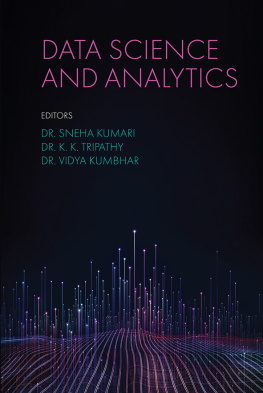
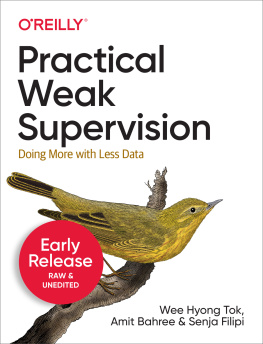

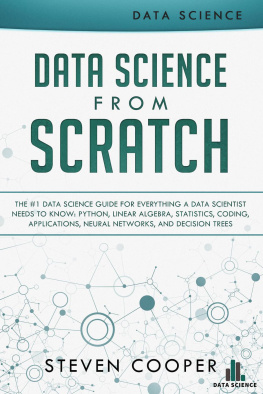
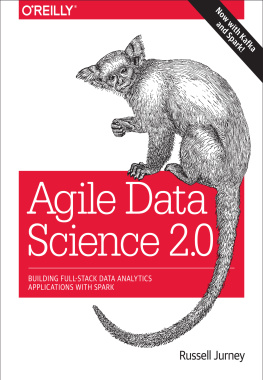
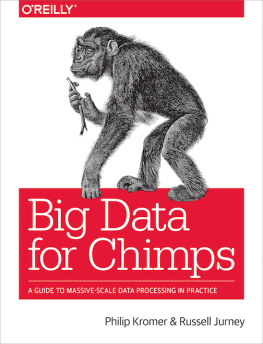
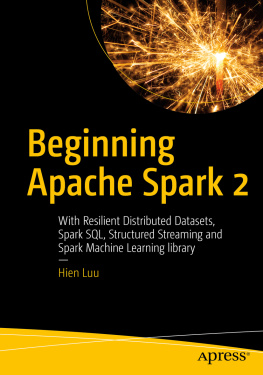
![EMC Education Services [EMC Education Services] - Data Science and Big Data Analytics: Discovering, Analyzing, Visualizing and Presenting Data](/uploads/posts/book/119625/thumbs/emc-education-services-emc-education-services.jpg)
